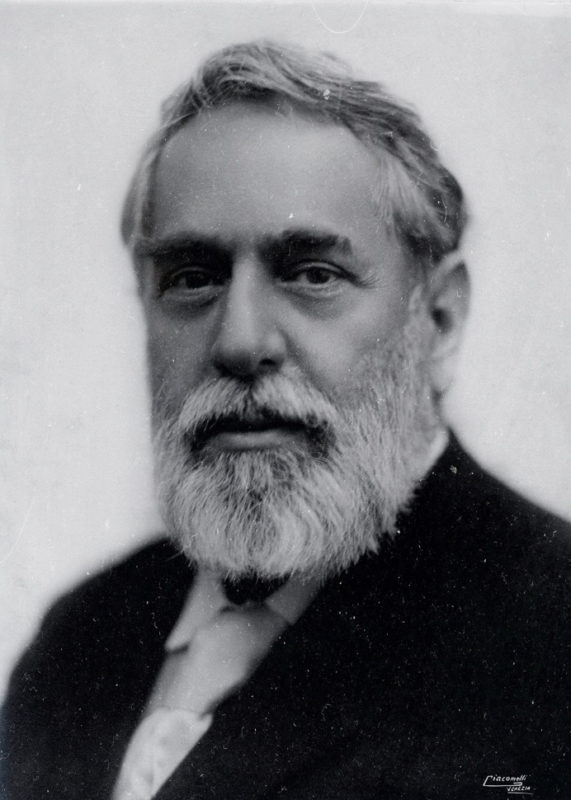Stories
Fortuny’s Venetian Influences
Fortuny is a name often closely associated with the Golden Age of Venetian fashion and design.
His legendary textile house even today still relies on the mysterious production methods formulated by the Spanish virtuoso in the early 20th century.
Having moved to the city with his family in 1889, Venice served as a great source of influence on Fortuny’s designs, particularly in his mining of the past for inspiration. The city acted as the launching ground from which Fortuny would establish himself at the forefront of the fashion scene later in his career.
By 1912, Mariano Fortuny was working tirelessly on an ambitious array of multi-faceted projects in his own magnificent design laboratory on the converted top floor of his 13th century home, at the Palazzo Pesaro degli Orfei. A stunning gothic building in the heart of Venetian society which Fortuny transformed to accommodate the many needs of his workshops, catering for everything from photography to stage design, textile design to paintings. A true ‘Renaissance man’ in every sense. Today the space stands as an art museum dedicated to his work.
It’s no secret that the city of Venice and the level of culture and history that it encapsulates, is largely reflected in the work of Mariano Fortuny. A fact that earned him the nickname, “the Magician of Venice.”
The city’s many cultural facets gave him a plethora of avenues to work with. Whether it be designing costumes for the plays staged by the illustrious Venetian theatre companies, or collaborating with the city’s wealthy pool of architects to enact his artistic vision, or incorporating the famous Venetian eye for detail and premium quality into his fabrics, technologies and designs. Fusing them with patterns borrowed from his oriental fascination.
Marcel Proust, a prominent French novelist and critic operating in this time period hinted at the coveted quality and intrigue behind Fortuny’s fabrics and designs in his renowned novel, In Search of Lost Time.
“But I hear that a Venetian artist, called Fortuny, has recovered the secret of the craft, and that before many years have passed women will be able to walk abroad, and better still to sit at home in brocades as sumptuous as those that Venice adorned, for her patrician daughters, with patterns brought from the Orient.”
A clear demonstration of how Fortuny’s work in Venice had come to define the city’s artistic output of the era.
There is however, a timeless quality to Fortuny’s work that transcends the world of Post-First World War Venice. Whilst clearly borrowing heavily from the city’s rich history of design and culture, there still persists a distinct modernity apparent in Fortuny’s intricate designs, with his use of liquid colours and painterly surfaces.
As many a Venetian working in their respective field before him, Fortuny was a forward-thinker, a cultural enigma and a master craftsmen operating in a creative mind-set way ahead of his time.


